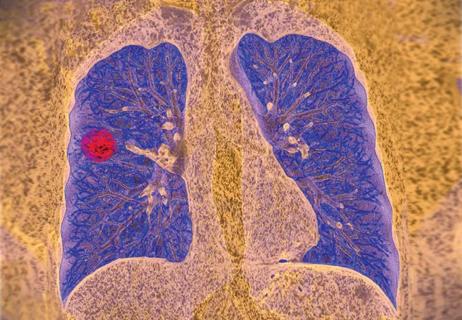Advertisement

While results were negative for metformin, lifestyle counseling showed surprising promise

Launch of the tool promises to reshape quality assessment across the specialty

AHA scientific statement outlines models for high-intensity staffing, specialized expertise and more

5% of flagged ECGs in real-world study were from patients with previously undiagnosed HCM
Advertisement
Cleveland Clinic is a non-profit academic medical center. Advertising on our site helps support our mission. We do not endorse non-Cleveland Clinic products or services. Policy

Small interfering RNA lowered lipoprotein(a) by 94% during six-month follow-up after a single dose

Phase 2b trial of aldosterone synthase inhibitor also finds no benefit from dose escalation

Patient series and bench validation support efficacy and safety of CLEVE procedure

Resection, radiotherapy or ablation?

A scannable graphic recap of our latest data

More than 30% of patients die when early dialysis is needed after surgery
Advertisement
Advertisement